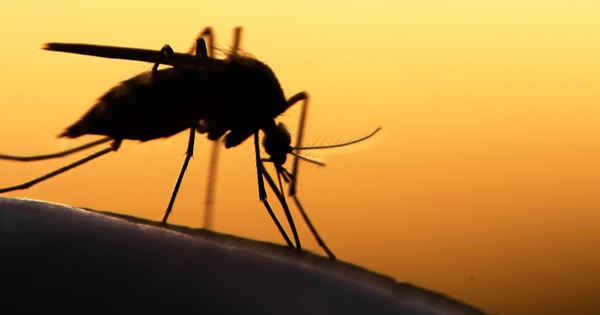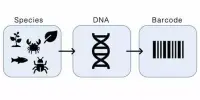Household cats, also known as domestic cats, are one of the most popular pets worldwide. They are a small carnivorous mammal species that have been domesticated for thousands of years. Household cats acquired the same COVID-19 variants as their owners throughout the pandemic, according to new research.
The study, which was conducted at the MRC-University of Glasgow Center for Virus Research (CVR) and was published in Emerging Infectious Diseases, discovered a retroactive correlation between the dominant SARS-CoV-2 variant seen in cats and the time frame of variant emergence in the human population.
The study also discovered that cat immunity to various variations reflects the human pandemic, indicating that there are still numerous instances of human-to-cat transmission. It is not known, however, whether specific SARS-CoV-2 variants are more or less prone to spread from people to cats or whether infected cats are more or less likely to exhibit clinical symptoms.
Grace Tyson, a Ph.D. student at the CVR and lead author of the study, said, “Our findings suggest that there has been continued human-to-cat transmissions of SARS-CoV-2. Therefore, it is important that we continue to monitor SARS-CoV-2 infections in pet cats that are in close contact with their COVID-19 positive owners, as it will be important to monitor changes in transmissibility of emerging variants in cats as well as humans.”
Since human-to-cat transmission of SARS-CoV-2 occurs relatively frequently in COVID-19 positive households, the results of this study demonstrate the importance of monitoring coronavirus infections in pet cats that are in close contact with their positive owners, adopting a ‘one health’ strategy.
Professor Margaret Hosie
Professor Margaret Hosie, also from the CVR, added, “We predicted that the low seroprevalence reported in cats early in the pandemic would increase as new, more transmissible variants emerged, and we are continuing to monitor cats for evidence of infection with currently circulating variants. Currently, our recommendation is that if cats regularly going outside, then they should still be allowed outdoor access if their owners have COVID-19. This decreases the risk of the cats becoming infected from their owners.”
“Since human-to-cat transmission of SARS-CoV-2 occurs relatively frequently in COVID-19 positive households, the results of this study demonstrate the importance of monitoring coronavirus infections in pet cats that are in close contact with their positive owners, adopting a ‘one health’ strategy.”
The Veterinary Diagnostic Services laboratory (VDS) at the University of Glasgow received leftover blood samples from 2,309 cats between April 2020 and February 2022. With samples from 112 of the country’s 126 postcode districts, the samples comprised a cohort that was substantially representative of the domestic cat population in the United Kingdom.
Since the start of the pandemic, the World Organization for Animal Health has reported that 31 different animal species had been infected with SARS-CoV-2 by 10 March 2023.
















